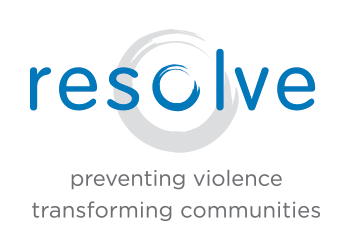We’ve known for years that the fear of further violence influences one’s ability to say “no” when something is unwanted.
Oftentimes, girls, women and others* are socialized to shrug, smile and indirectly express displeasure, hoping that the other person will get the idea. And oftentimes they do – the fact is that 96% of men see a boundary or lack of interest – however it is expressed – and will back off.
Yet, it’s the 4% of men who do assault women1 that reinforce the socialization that we shouldn’t be too out there. Men like Elliott Rodger, who recently issued a misogynist rant and then went on a murder spree that targeted a sorority house on campus, reinforce the concept that women are at risk when they reject men, however nicely. Men like Chris Plaskon, who recently murdered a girl who declined his offer to go to prom, reinforce the idea that maybe it’s better to be evasive and indirect.
These incidents are considered novel in today’s time, made bigger by the widespread reach of the internet and news. However, how many rapes in the community are necessary before women rethink going out at night alone? How many episodes of domestic violence do we need to hear about before we start thinking that we ought to be careful about letting him down gently instead of being straightforward?
At a certain point, violence isn’t even necessary. The threat of violence creates a change in behavior – girls and women would rather say “yes” than be called a b*tch, they choose their clothing based on how it will be perceived, and they don’t even identify violations anymore. A recent study shows that young girls are unlikely to identify sexual harassment and sexual assault as violations because they accept it as “normal.”
In this context, I see a greater need than ever for redefining social norms like we do in our school classes where we educate boys and girls about issues of consent, bystander intervention and boundary-setting. I also see how deeply we need a spectrum of self-defense – to help us understand our boundaries, to redefine what is okay and not okay for us and to be able to communicate that and protect ourselves when those boundaries are not respected. Quite simply, all forms of violence prevention – individual and community, men and women – are necessary to create safer communities.
If you agree, please sign up for a class or get more involved.
* This article focuses on heterosexual situations and gender norms, because of these recent events. Other articles speak more about violence against men, LGBT people and gender-nonconforming individuals.
1. Lisak & Miller, 2002.
